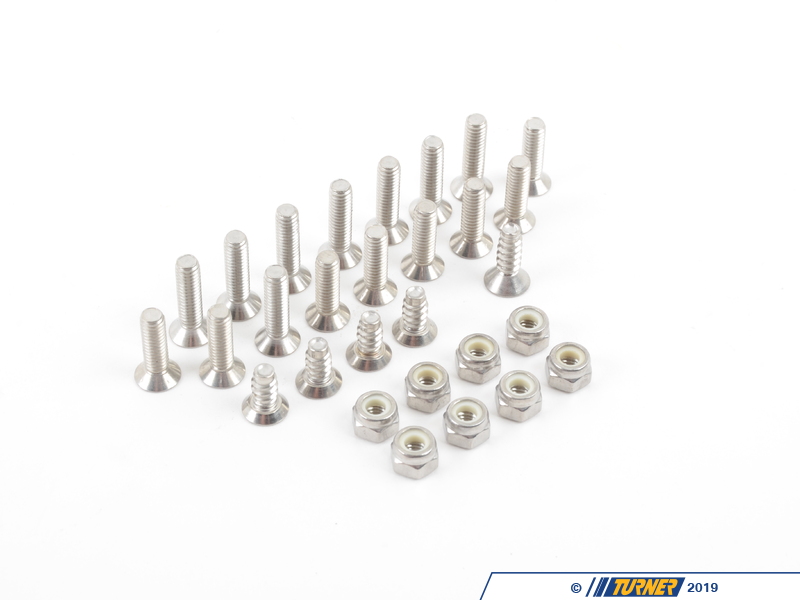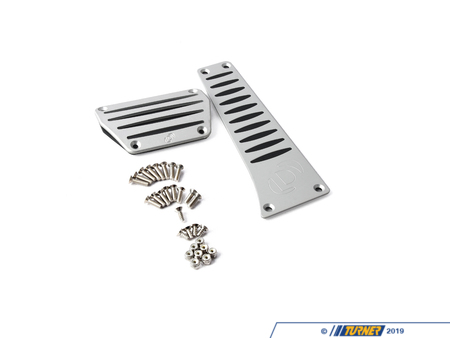
Sport Evolution models have enlarged front bumper openings and an adjustable multi-position front splitter and rear wing. The top speed was increased to 250 km/h (154 mph). Sport Evolution Ī more powerful and lighter "Sport Evolution" model (sometimes referred to as "EVO3"), with a limited production run of 600 units, was produced with an upgraded 2,467 cc (150.5 cu in) engine rated at 175 kW (238 PS 235 hp) at 7,000 rpm and 240 N⋅m (177 lbf⋅ft) at 4,750 rpm. A total of 505 cars were produced, including 40 sold in France as the "Tour de Corse". Other changes included larger wheels (16 × 7.5 inches), thinner rear and side window glass, a lighter bootlid, a deeper front splitter and an additional rear spoiler. Non catalytic converter "Evolution" model (also called "EVO2") introduced in 1988 was rated at 162 kW (220 PS 217 hp). In 1989, the sportier "Evolution" model (also called "EVO1") of European M3s were upgraded to the 158 kW (215 PS 212 hp) (as introduced on the Ravaglia special edition model), increasing the top speed to 240 km/h (149 mph). Special editions Evolution M3 Sport Evolution 6 piston front and 4 piston rear calipers.310mm slotted front & 295mm slotted rear discs.
#08 m3 dinan dct transmission series
front wheel bearings and brake caliper bolt spacing from the E28 5 Series.revised front strut tubes with bolt on kingpins and swaybar mounted to strut tube, similar to the E28 5 Series.offset control arm bushings in the front suspension, for increased caster angle.In countries where a catalytic converter was not fitted, the engine was rated at 147 kW (200 PS 197 hp).ĭifferences from the standard E30 models included: In countries where the M3 was sold with a catalytic converter, the initial versions were rated at 143 kW (195 PS 192 hp) and had a top speed of 235 km/h (146 mph). The E30 M3 used the BMW S14 four-cylinder engine, a high-revving DOHC design with a head closely based on that of the BMW S38 six-cylinder engine and the block from the BMW M10 four-cylinder engine with a 7,250 rpm redline.
#08 m3 dinan dct transmission drivers
In 2007, Automobile Magazine included the E30 M3 in their "5 greatest drivers cars of all time" under their 25 Greatest Cars of All Time. In 2004, Sports Car International named the E30 M3 number six on the list of Top Sports Cars of the 1980s. A clutch-type limited-slip differential was standard equipment. North American models used a traditional shift pattern and had wider gear spacing with an overdriven fifth gear.

European models were outfitted with a dogleg version with close ratios and a 1:1 ratio for fifth gear.

The transmission was a Getrag 265 5-speed manual.

The brake calipers, discs and master cylinder were unique to the M3 model. The only exterior body panels the regular 3 Series and the M3 shared were the bonnet, roof panel, sunroof. As a result, the M3 achieved a relatively low drag coefficient of C d=0.33 instead of C d=0.38 as in the standard 3 Series. In addition, the windscreen was glued in – not, as with the other E30 models, framed with a window rubber and piping. The changes over the rear of the car resulted in lower lift forces and better straight-line stability. For aerodynamic reasons, the rear window was flattened and the tailgate was made of light, glass-reinforced plastic raised by approximately 40 mm for better air flow. The front splitter, the rear apron, sill panels, as well as changes to the body in the area of the rear window ( C-pillar) and the bootlid improved the aerodynamics. The E30 M3 was mainly produced in the coupé body style, but limited volumes of convertibles were also produced. It was presented to the public at the 1985 Frankfurt Motor Show, and began production from March 1986 to June 1991. The first BMW M3 was based on the E30 3 Series and was intended to be a homologation special to satisfy the Deutsche Tourenwagen Meisterschaft and Group A Touring rules, which required a total of 5,000 cars to be built.


 0 kommentar(er)
0 kommentar(er)
